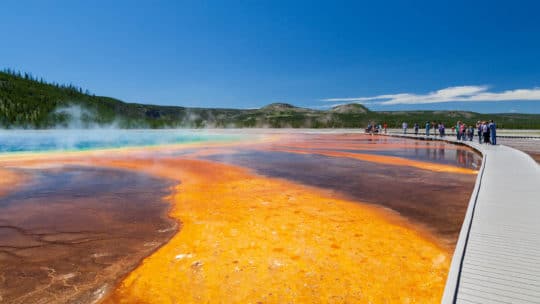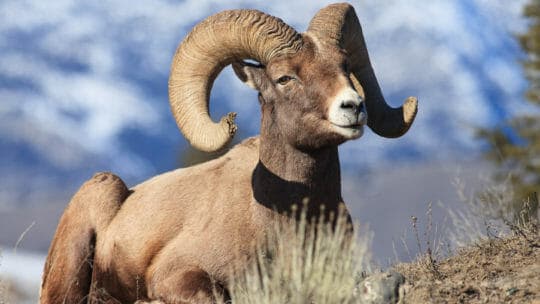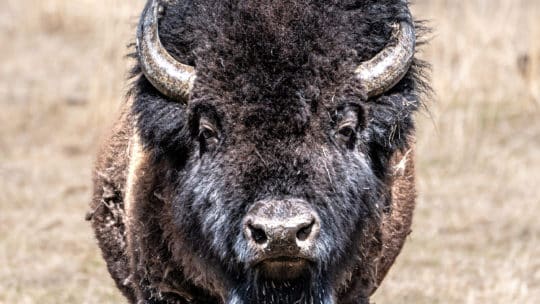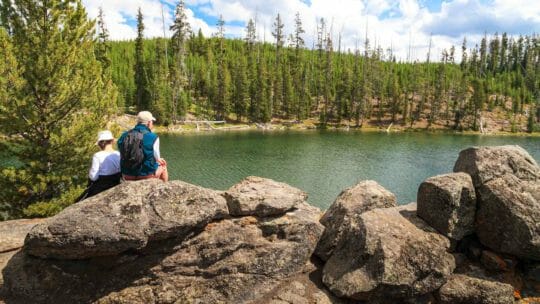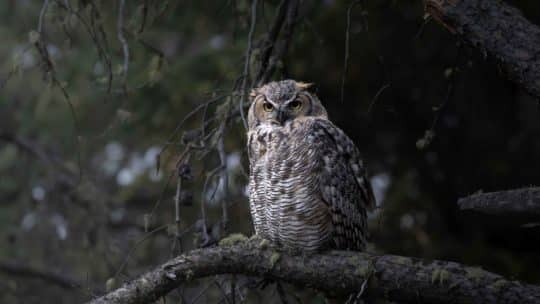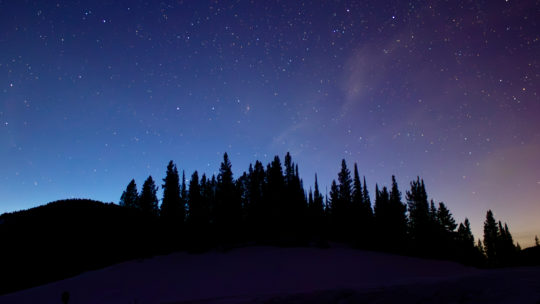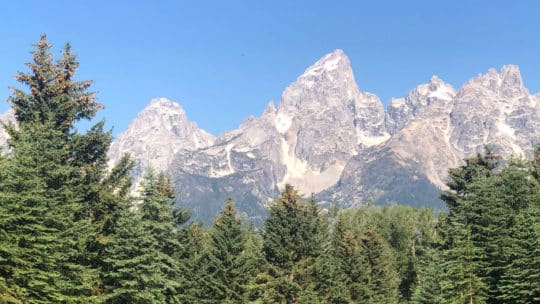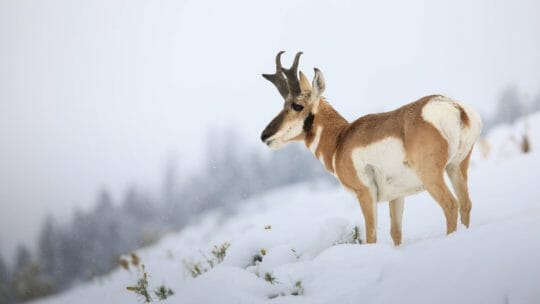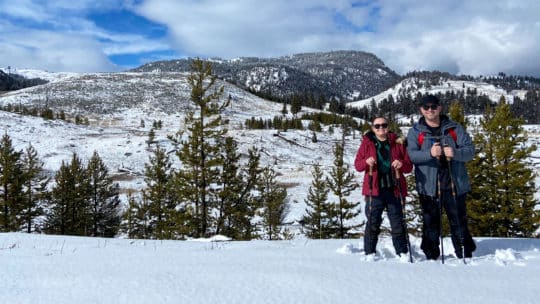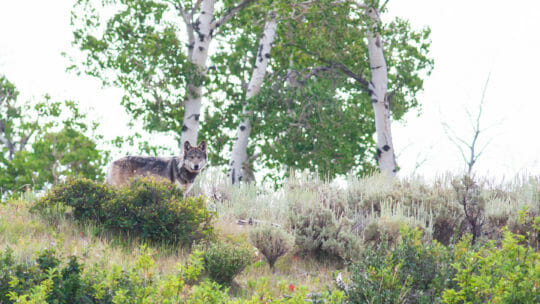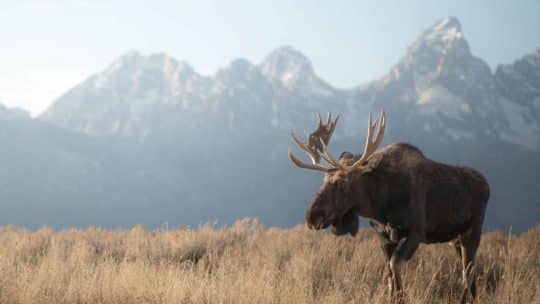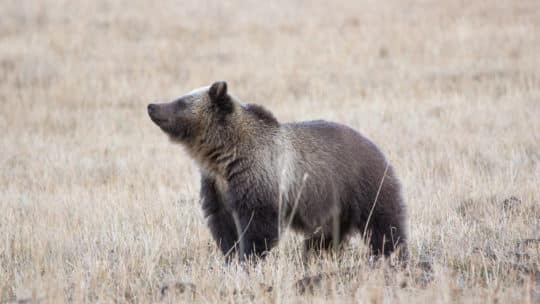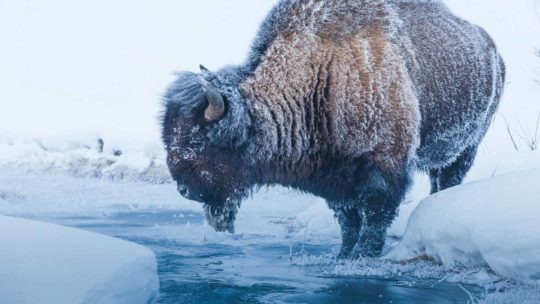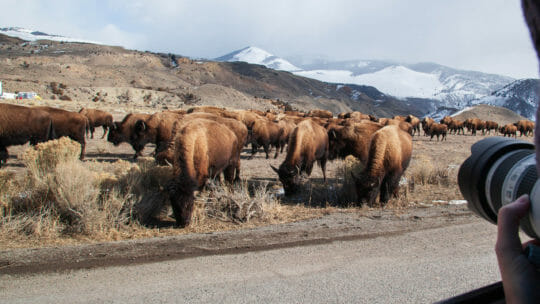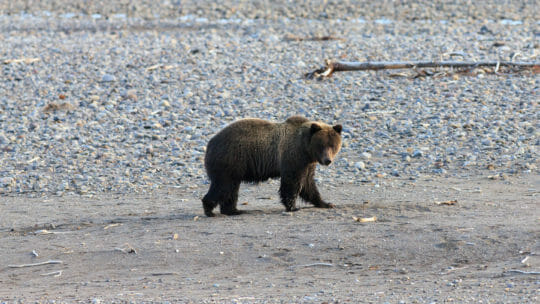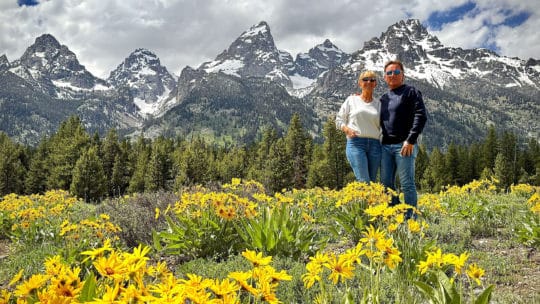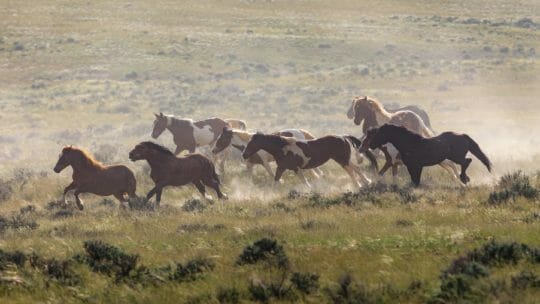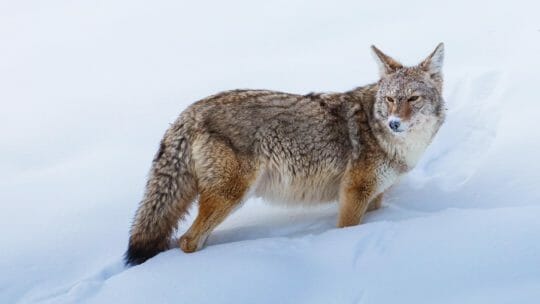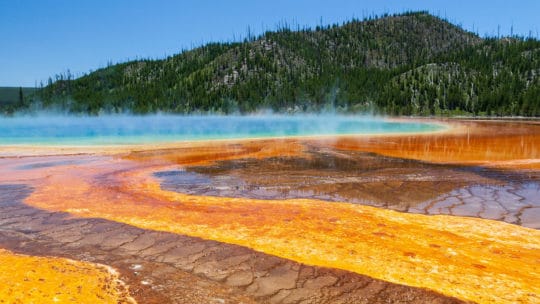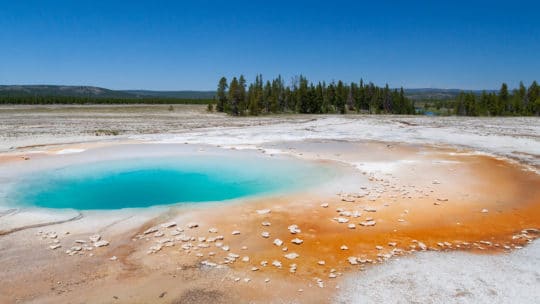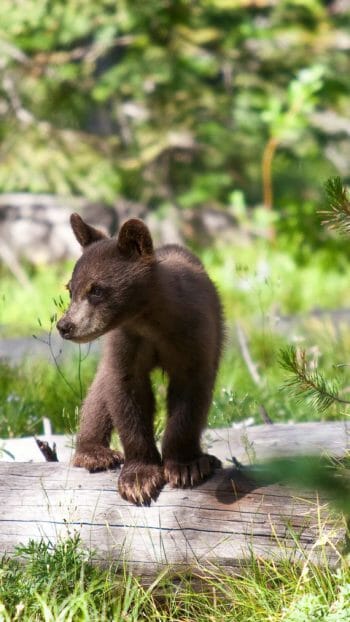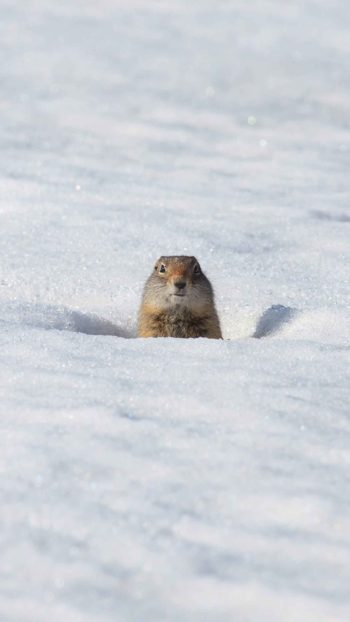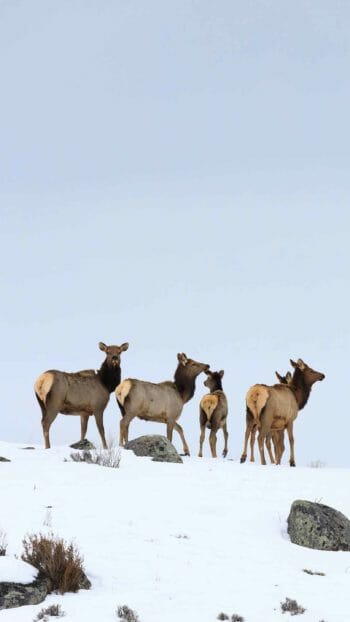Search
Explore the National Park
Yellowstone Tours

Welcome to Yellowstone National Park, where nature unfolds in all its breathtaking glory. This iconic destination is a dream come true for nature enthusiasts, offering a symphony of ancient volcanic landscapes, vibrant colors, and untamed wildlife that roam freely in their natural habitat.
As you step into Yellowstone, prepare to be enchanted by a kaleidoscope of colors. Ancient volcanic landscapes give rise to ethereal scenes where steam dramatically rises from the ground, creating an otherworldly atmosphere. Bright yellows, deep blues, and vibrant greens flood your senses, turning every moment into a visual masterpiece. Yellowstone is more than a destination; it’s a vibrant ecosystem where flora and fauna coexist in harmony. Rare and endemic species find refuge here, creating a delicate balance that adds to the park’s ecological significance, from tiny wildflowers to towering pine trees.
Every step of our Yellowstone National Park Tour is guided by a knowledgeable and passionate naturalist guide. Immerse yourself in the wonders of this iconic park as we take you right into the heart of its most captivating sights like the famous Old Faithful geyser and Grand Prismatic Spring. Tailored to your interests and the season of your visit, our tours offer a range of experiences that showcase the unparalleled beauty of Yellowstone.
Whether you’re a wildlife enthusiast, photography buff, or nature lover, you’ll find something that fits your preferences! Choose from a selection of wildlife safaris, Yellowstone photography tours, natural features tours, snowshoeing, and hiking.
Things to See in Yellowstone
Wildlife
For many visitors, the allure of this iconic destination lies in the chance to witness the park’s incredible inhabitants, making wildlife observation a cornerstone of their Yellowstone experience. Thanks to years of conservation, the park has become a sanctuary for a diverse array of species. Notably, the iconic reintroduction of the gray wolf and the recovery of the grizzly bear have marked significant milestones in Yellowstone’s conservation narrative, making it possible for us to see them in the wild! Seasonal events, such as breeding and migrations, promise a captivating display of nature’s grandeur. Experience the raw power and beauty of these magnificent creatures during the elk rut, the migration of the pronghorn, or the playful antics of bear cubs. Each season unveils a new chapter in the lives of Yellowstone’s residents.
Breathtaking Landscapes
Indulge in Yellowstone’s undeniable natural beauty, where cascading waterfalls, breathtaking canyons, expansive open spaces, and the tranquility of the forest create a symphony of awe-inspiring landscapes. Yellowstone is a sanctuary of vistas that seem plucked from paintings or nature documentaries. Everywhere you turn, you’ll be graced with scenes that transcend the ordinary, offering a refreshing escape from the hustle and bustle of everyday life and a rejuvenating connection with the unparalleled wonders of the natural world.
Geothermal Activity
The mere mention of Yellowstone typically conjures images of the renowned Old Faithful, a geyser that stands as a premier attraction within the park and a major highlight. Yet, what often escapes notice is that Old Faithful is just one among the 500 geysers and merely a fraction of the 10,000 geothermal features scattered throughout Yellowstone. As one of the world’s largest dormant volcanoes, Yellowstone’s fiery history dates back 70,000 years, with its colossal caldera, formed over 631,000 years ago, encompassing more than 40% of the park. This volcanic activity births a mesmerizing landscape of hot springs, mud pots, steam vents, travertine terraces, and an array of geysers. Amidst the thermal areas, vibrant hues of yellows and oranges, painted by heat-loving bacteria, create a visually striking spectacle. Steam rises across the terrain, contributing to an otherworldly ambiance. Navigating this extraordinary terrain is greatly enriched by the presence of a knowledgeable guide, unraveling the mysteries behind these phenomena and providing a deeper appreciation of Yellowstone’s captivating geological history.
Seasonal Tours
Every season in Yellowstone is so different, and that’s not limited to the weather. The wildlife patterns vary greatly depending on the time of year, and some park entrances close during certain months. Be sure to check ahead of time what will be available to you during your stay, and what animals you’ll most likely be able to see!
Spring/Summer
From May-October, we offer single day and multi-day Yellowstone tours. There are endless opportunities for breathtaking wildlife sightings and stunning vistas during these warm summer months, and the animals are on the move to take advantage of the season’s resources. This means large ungulates like the iconic bison, elk, and moose can be found along with the exciting potential for our predators: foxes, coyotes, both black bears and grizzly bears, and even wolves! Even more, several bird species including the majestic bald eagle and rarer golden eagle occupy the skies above. Our day tours visit popular highlights such as Old Faithful and the Grand Canyon of Yellowstone, with chances at encountering the local wildlife species. Our two day and three day safaris slow the pace down to truly soak it all in. You’ll become well acquainted with the unique natural wonders of the region and have several opportunities for game drives at prime wildlife viewing times, ensuring wildlife encounters that you’ll never forget!
Winter
Step into another world as Yellowstone transforms into a winter wonderland. Some may think that everything comes to a standstill in winter, but that couldn’t be further from the truth! Picture yourself traversing the serene alpine beauty on snowshoes, immersing yourself in the tranquility of the snowy surroundings. If a more exhilarating experience is on your agenda, opt for the thrill of a snowmobile tour, racing through the dramatic and steaming volcanic terrain that takes on a surreal quality in the winter frost. Looking for a unique wildlife encounter? Join us for an unforgettable wolf-watching adventure. Whatever your winter adventure desires may be, we are prepared to turn them into reality, ensuring that Yellowstone’s winter landscape becomes the canvas for your extraordinary experiences.
Our tours are flexible, so you can focus on what interests you the most. Whether you like learning about geology, watching wildlife, or just taking in the scenery, we can customize the experience for you. Your tour is designed to be all about what you enjoy the most!
We offer Yellowstone National Park tours year-round. For general sightseeing and wildlife tours featuring bears, we recommend planning your arrival for the summer months. For wolf watching and a spectacular wintry landscape, we recommend a winter wildlife safari.
FAQs
What is the best way to tour Yellowstone?
Yellowstone National Park is a vast 2.2 million acres of rugged wilderness with 250 miles of roads running through it. It is so large with so many things to see, it can be overwhelming to plan a day trip or even several days and make sure that you get the most out of your time. While you can absolutely navigate your own way around the park, booking a guided tour with us can give you the most stress free, fun, and efficient experience. Leave the driving to someone else and enjoy the view without worrying if you’re spending too much time in one spot or missing something amazing. We have well-seasoned itineraries to ensure you’re seeing as much as possible in the time you have, and our knowledgeable and passionate guide will impart so much fascinating information on the geology, history, and wildlife of the area that you wouldn’t get on your own. Your guide will also know the best places to look for animals!
What animals are on a Yellowstone winter tour?
Due to its altitude, Yellowstone experiences winters of extreme cold, wind, and heavy snowfall. Some animals like bears disappear and hibernate through the season, but many others are out and about for us to see. Bison persevere through the winter under their thick, dense coats and graze on what little vegetation they can find. Most elk migrate out of the park for the winter, but many remain. This is good news for those keen on looking for wolves as the snowy conditions make hunting elk easier for packs. Lamar Valley is famous for wolf watching as two active wolf packs reside in the valley and successfully hunt elk and bison, and are more visible and easier to spot in the bright white backdrop. Coyotes, foxes, bald eagles, and golden eagles are also common and exciting winter wildlife in Yellowstone.
What wildlife is on a Yellowstone summer tour?
Summer is a time for abundant resources and favorable weather for wildlife. Depending on where you are in the season, it is also a time for giving birth and finding a mate. There are plenty of wildlife opportunities on a summer safari! Spring is an incredible time to look for black bears and grizzly bears as they emerge from hibernation and search for mates, and they continue foraging throughout the summer. Elk and pronghorn antelope migrate back to their summer ranges to have their calves and fawns. Moose and bison calves are also taking their first steps and sticking close to their mothers. Coyotes and foxes are often seen hunting for rodents in open fields, and countless bird species migrate to the region to breed. Animals like beavers, otters, and weasels are a little more difficult to spot, just remember to keep a sharp eye out!
How many days should I spend touring Yellowstone?
This ultimately depends on what you are interested in, how much you want to see, and how much time you have available. Many people take a day tour of Yellowstone and come away thrilled with a full day packed with some of the best highlights the park has to offer, and several amazing wildlife encounters. For others, a day just isn’t enough; a slower pace is preferable to really take in the experience and to see more of Yellowstone’s unique geological features and stunning vistas. In this case, anywhere between two and five days is certainly sufficient.
What do I need to bring?
Yellowstone weather is unpredictable in every season, with large temperature swings possible throughout the day. Layers are strongly advised! In the summer, make sure you wear clothes that you would be comfortable in warm weather, adding a layer for the chilly early morning hours and in case of rain. Technically, snow is possible any time of the year because of the altitude, but particularly in the months of April and October a heavier, warmer jacket is recommended. Waterproof sneakers or boots that are comfortable to walk in are best for uneven trails and boardwalks. If you have a camera, don’t forget it at home! We provide optics such as spotting scopes and individual binoculars to get the best possible view. For multi-day tours, it’s a matter of personal preference. Clothes to sleep in, personal toiletries, and medications should be packed. Lunch, water, and plenty of snacks will be provided.
Will there be restrooms?
Absolutely! While there are flush restrooms around the park, most of them are vault toilets. They are generously scattered around the park, so you will rarely be too far from one. Our guides will provide access to comfortable flush restrooms when possible, so try to take advantage of them when you can!
What kind of vehicle will we be in?
Our group sizes are small to allow for personal attention, so we use spacious SUVs and passenger vans. Our small vehicle sizes allow for more flexible tours, and to be able to pull over for wildlife throughout the park unlike large tour buses.
Further Reading
Yellowstone’s Big, Wild, and Wonderful Landscapes
Mar 15, 2021
One of the trademark aspects of Yellowstone that amazes and bewilders so many people is how absolutely enormous the National Park is. Yellowstone National Park encompasses more than 2.2 million acres of grasslands, forests, mountains, valleys, lakes, and rivers, all situated in or around one of the largest volcanic calderas on Earth.
A Brief History Of Yellowstone National Park
Nov 3, 2020
Yellowstone National Park was established on March 1, 1872 as the world’s first national park. Yellowstone is an active volcano with one of the world’s largest calderas, measuring approximately 45 miles by 30 miles.

